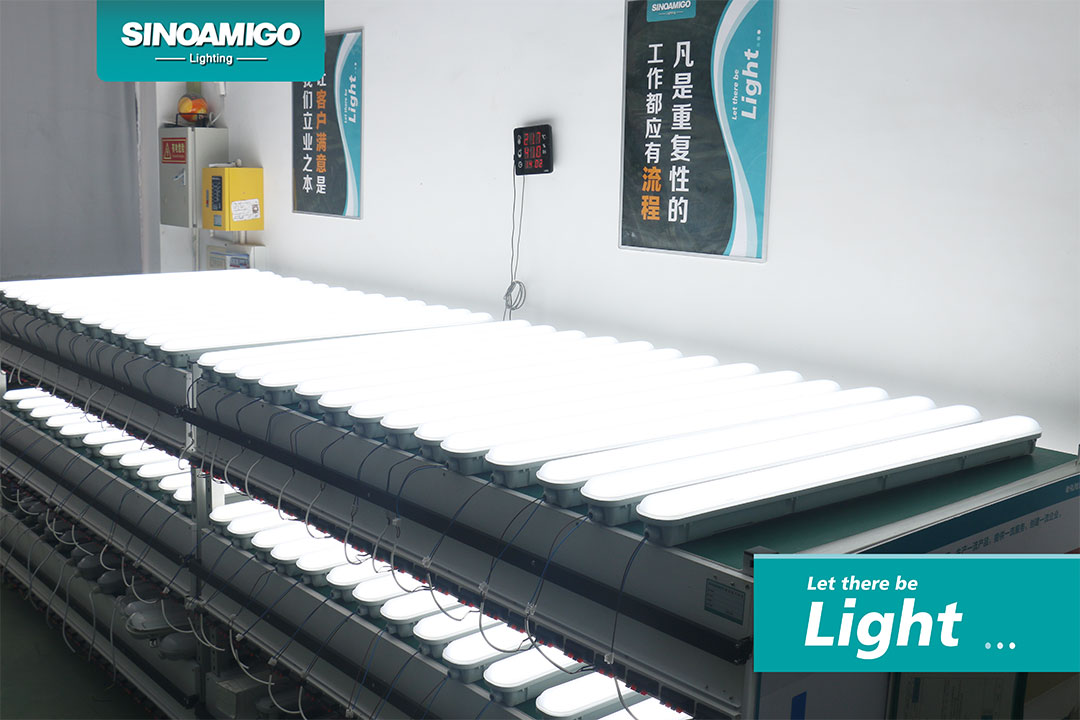Most of the newly produced LED lamps can be used directly, but why do we need to do aging tests? Product quality theory tells us that most product failures occur in the early and late stages, and the final stage is when the product reaches its normal state. The lifespan cannot be controlled, but it can be controlled in the early stage. It can be controlled within the factory. That is, sufficient aging testing is done before the product is handed over to the user, and the problem is eliminated within the factory.
Generally speaking, as energy-saving LED lamps, there will be a certain degree of light decay in the early stages of use. However, if the production process is not standardized, the product will suffer from dark light, malfunctions, etc., which will greatly reduce the life of the LED lamps.
In order to prevent LED quality problems, it is necessary to control the quality and conduct aging tests on LED products. This is also an essential step in the product production process. The aging test includes luminous flux attenuation test, durability test, and temperature test. .
Luminous flux attenuation test: Measure the change in luminous flux of the lamp within a certain period of time to understand whether the brightness of the lamp decreases as the use time increases. Durability test: Test the life and stability of the lamp by simulating long-term use or frequent switching, and observe whether the lamp has performance degradation or damage. Temperature test: measure the temperature changes of the lamp during use to verify whether the lamp can effectively dissipate heat and avoid aging or damage caused by overheating.

If there is no aging process, product quality cannot be guaranteed. Performing aging tests can not only evaluate the performance and life of lamps, ensure their stability and reliability in long-term use, but also protect the rights and interests of users.
Post time: Jan-18-2024